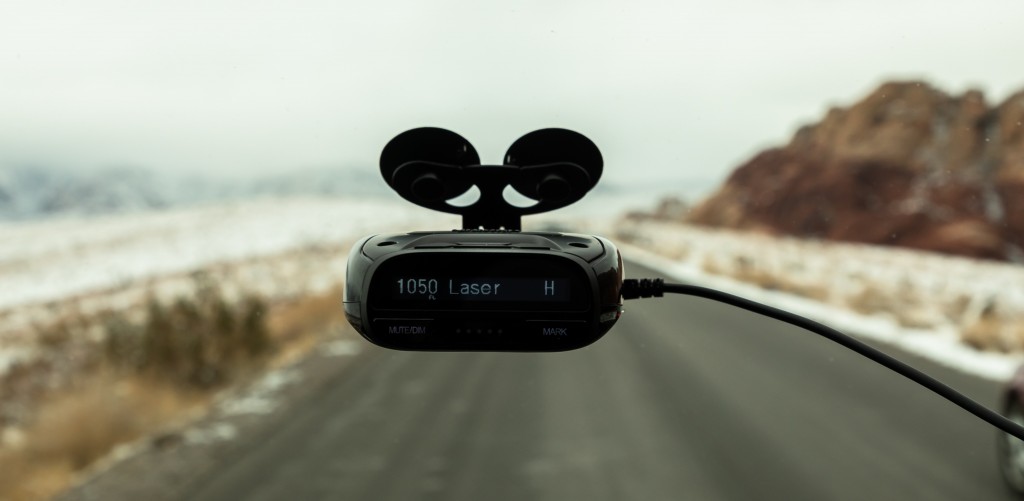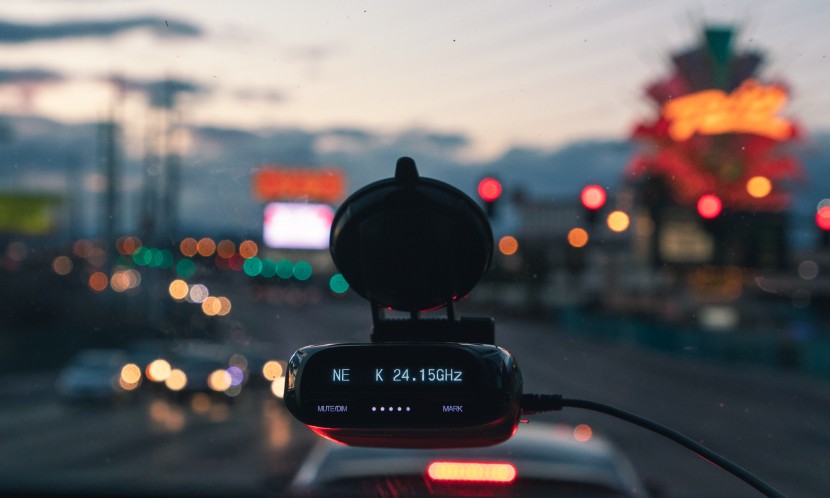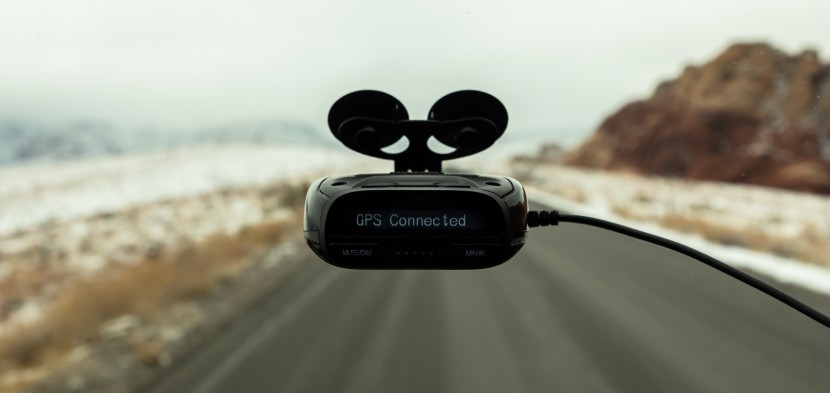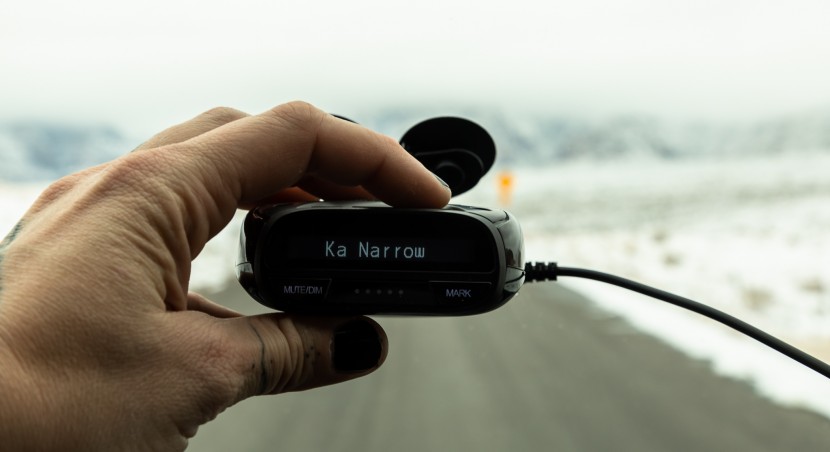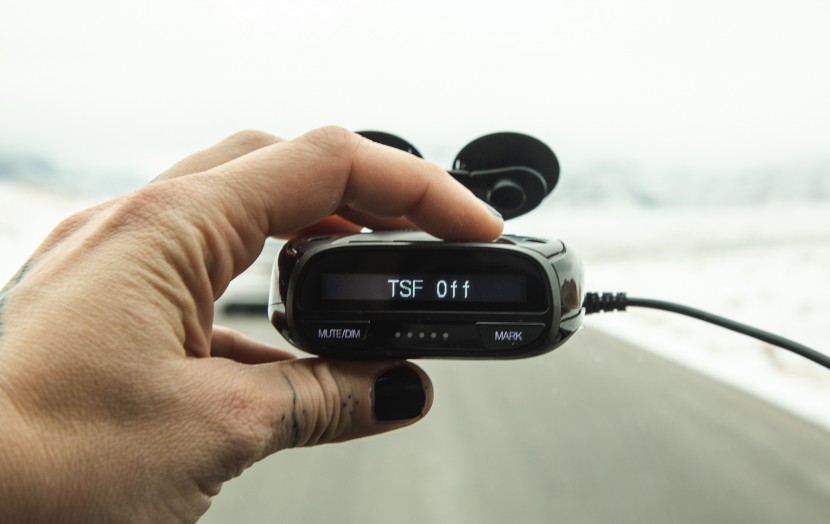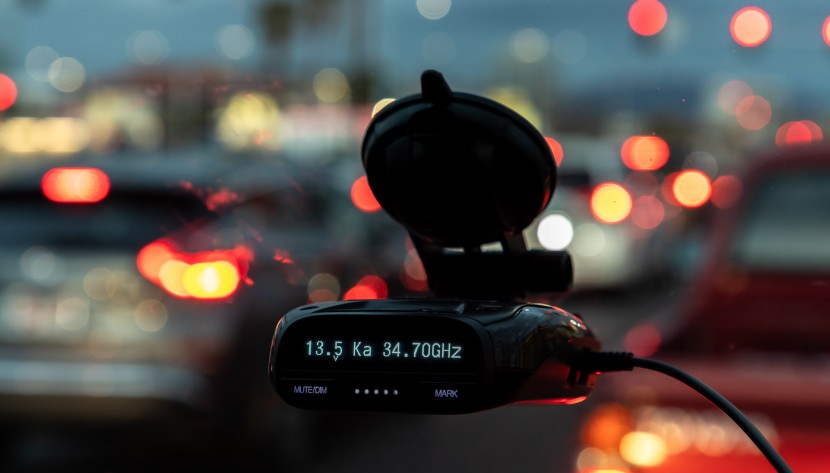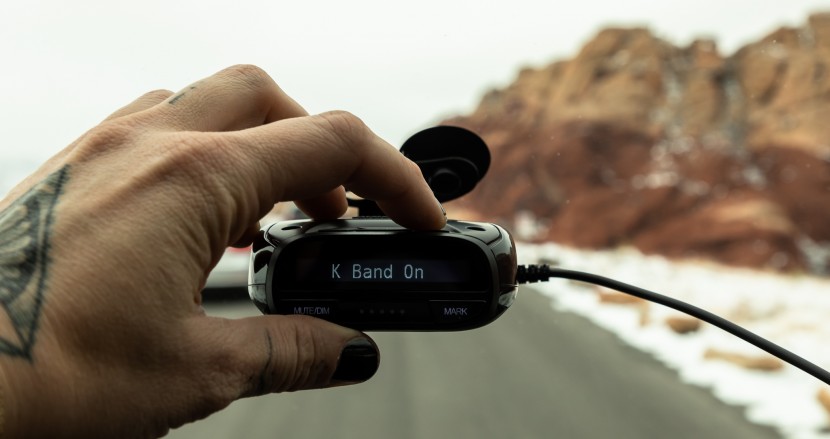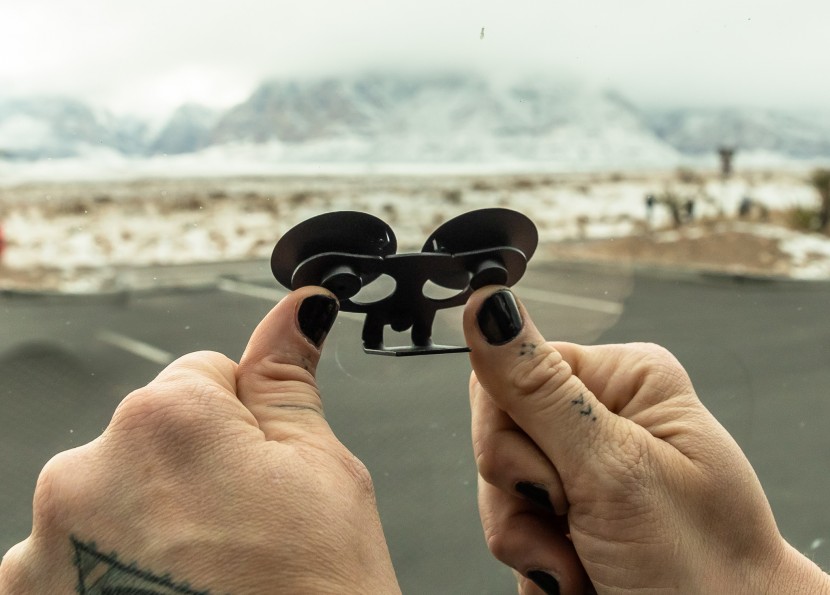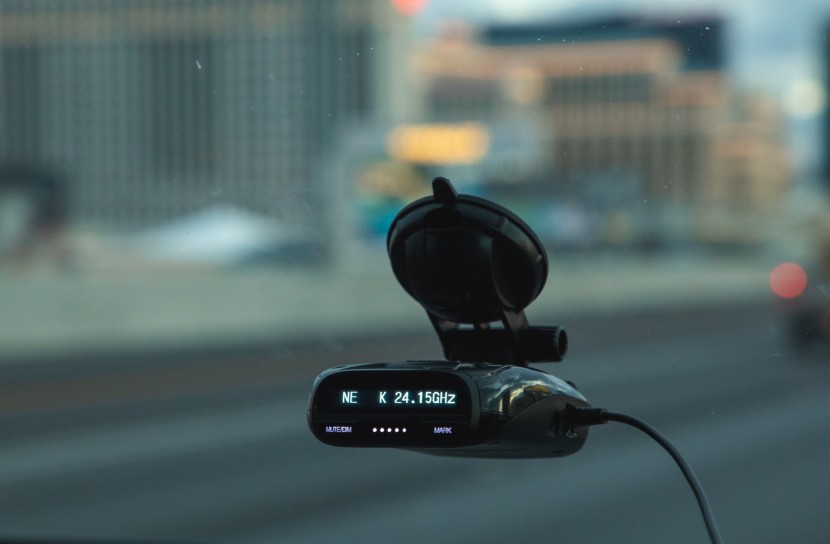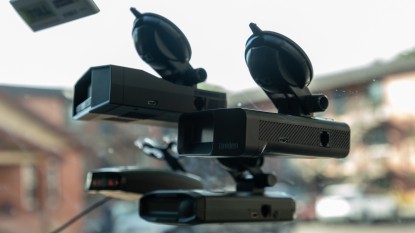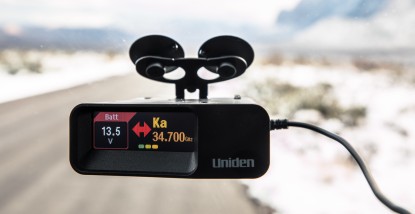Uniden DFR7 Review

Our Verdict
Our Analysis and Test Results
The Uniden DFR7 is rather impressive for the price. It does not come with all the extra features of the more expensive options in our review, but it does have a majority of the necessities at a price you can't beat. From GPS to location lockouts, the DFR7 does a decent job at filtering out non-threatening false alert triggers. The adjustable band sensitivity allows for more control over what your detector is triggered by, and the narrow band filters help keep false K and Ka-band alerts down too.
Features
Generally speaking, you get what you pay for when it comes to radar detectors, but the DFR7 offers a lot of great features for the price. From its various modes to its built-in GPS, you are getting most of the important features you will need. It does a stellar job of picking and choosing the most vital features while keeping the cost low and accessible.
Even at its low price, the DFR7 has its own built-in GPS. The radar detector needs to know where it is for several reasons, namely location lockouts, speed and red light camera spotting, and other customized user marks. Speed and red light camera locations are updated to the device with each firmware update. The location lockouts and user marks are vital tools to cut down on false alerts.
The DFR7 recognizes X-band, K-band, Ka-band, and lasers but cannot recognize MultaRadar. MultaRadar is rather new to the United States but has been used in Europe and Canada for some time now. Most radars emit one frequency, while MultaRadar is a frequency modulated radar, making it more difficult to detect. At this point, Ka-radar guns are the most popular, and the DFR7 does a great job of picking those up. Because it cannot pick up the MultaRadar's inconsistent frequencies, however, the radar guns used by law enforcement will eventually outgrow this device. The DFR7, like most Uniden devices, does not have WiFi or Bluetooth capabilities. This means that firmware updates must be done from a computer through Uniden's website. The process is rather simple, and updates are not too frequent.
The DFR7 is less customizable than its more expensive competitors. There is no individual band sensitivity control. That being said, it does come with sensitivity presets in the form of highway and city mode. Highway mode is more sensitive as there are fewer false alert triggers, while city mode desensitizes K and X-band detection. The DFR7 features are not plentiful, but they do offer mid-level customization and overall work splendidly.
Accuracy
Without accuracy, the features that the Uniden DFR7 offers are useless. Who cares if a detector has GPS for redlight cameras if it can't accurately recognize the Ka-radar gun pointing straight at you? Accuracy is a two-part metric. It not only refers to the detector's ability to pick up on real threats, but it also takes into account its ability to filter out frequencies that are non-threatening. The DFR7 is not free from false alerts, but it does a pretty good job, especially for the price
When a detector goes off, generally speaking, there is a source. They do not shoot off a warning without having picked up that frequency. That being said, there are radars all around us, and most of them are non-threatening. It is rather easy to pick out false alerts once you get to know what makes them go off, but that doesn't mean we want our detectors chatting up a storm when there's nothing worth talking about. The DFR7 comes equipped with various modes and features that help filter these alerts out.
Traffic sensor filters, K and Ka narrow filters, low-speed muting, and GPS location lockouts help cut down on false alerts. Traffic sensor filtering, or TSF, filters out traffic flow sensors found on select highways. Each band, whether it be K, Ka, or X, gives off a range of frequencies. For example, the Ka-band is defined as frequencies within the range of 26.5–40 GHz (gigahertz), but radar guns in the U.S. only use between 33.4 and 36.0 GHz. When the Ka narrow filter feature is on, you will not be alerted of any Ka-band over 36.0 or below 33.4 GHz. As you can imagine, this cuts down on false alerts significantly. Low-speed muting will not alert you if you are going well enough under the speed limit. GPS location lockouts, a feature found on most modern radar detectors, are a great way to cut down on false alerts in your local area. Unfortunately, the DFR7 only offers up to 100 location lockouts, significantly less than the more expensive models.
The DFR7 is one of the more accurate budget radar detectors, but it just doesn't compare to some of the higher-priced options in our test suite. It does not allow for MultaRadar detection, which is becoming increasingly widespread in the U.S. It never misses a true threat, but since it is less customizable, it does false alert a bit more than we want. It gets the job done at a price you can't beat, but you'll need to be okay with a few more false alerts for the price cut.
Range
Features and accuracy are extremely important, but for their warnings to be effective, the driver needs to be given enough time to slow down. Many different factors can affect a radar detector's range, so it is essential to bear in mind what kind of driving you do and where. Certain detectors may be better in the city, while others only offer a solid range when zero obstacles obstruct the view. These obstacles can range from winding roads to bridges to city buildings.
Uniden is well known for its extra long-range radar detectors, and the DFR7 does not disappoint. While it may not beat out some of Uniden's more expensive devices, it does operate as well, if not better, than higher-priced competitors by other manufacturers. When compared side by side with its competitors, the DFR7 was amongst the first few to go off every time. We are quite impressed with its ability to pick out frequencies from miles away regardless of the obstacles and can't believe you can get a range like this at such a low price.
Ease of Use
A radar detector that causes stress or acts as a distraction while driving is no longer doing its job correctly. A quality detector should ease the driver's mind and allow them to simply focus on the road. This metric takes into account the initial device set-up, how easy it is to make adjustments as you get to know your device, and of course, how easy it is to understand the device while it's in use.
The DFR7 is simplistic and straightforward. It is less customizable than some of the more advanced radar detectors in our test suite, so you won't find yourself fussing with the settings too much before you hit the road. There is no app so pairing it with your smartphone is a nonissue. All the controls are found directly on the device, and it only takes a moment to get used to them.
The DFR7 has very clear voice alerts and adjustable volume, making it easy to hear, even in the noisiest of cabs. The screen is clear, albeit not as large as some of Uniden's other, more expensive, models. Your speed is portrayed right on the device, and the GPS location lockout feature is very easy to use. Simply double-tap the mute button, and voila, you have successfully avoided future false alerts in that location. Unfortunately, the DFR7 does not have directional arrows to tell you where the threat is coming from, but at this price, it's hard to complain. Amazingly the biggest bone we have to pick with this device is the mount. If there is excess moisture present on the windshield, it is very difficult to get those suction cups to stay put. The same thing goes for bumpy roads, but you can purchase a more quality mount separately.
Value
The range that the DFR7 offers is unbeatable at this price. It does not include all the fancy features that some of its more expensive competing devices do, and the fact that it does not offer MultaRadar detection means that it will eventually need to be replaced with something that does. That being said, it is still an amazing bang for the buck, and overall a great value.
Conclusion
Considering how inexpensive it is, the Uniden DFR7 performed impressively high across all four of our metrics. It's long-range is particularly impressive. It does not offer all the features that the more advanced detectors do and will eventually need to be replaced with a device that can detect MultaRadar. Still, overall this is a great option for beginners who are not ready to invest in a more expensive model.



